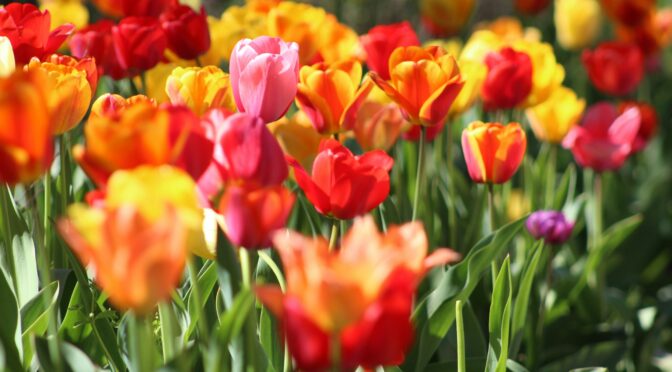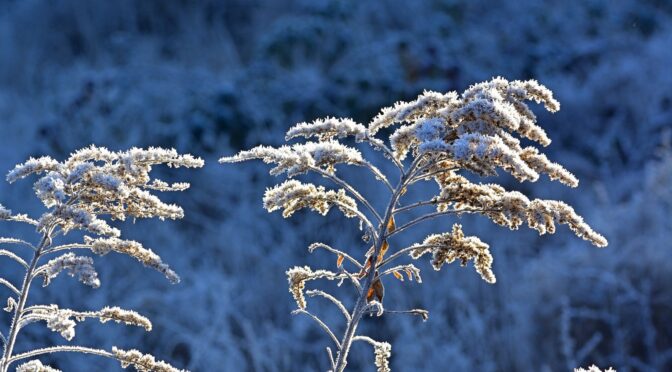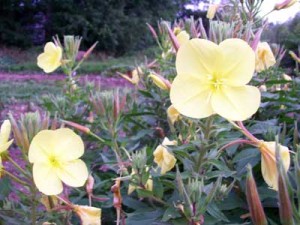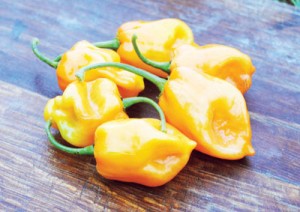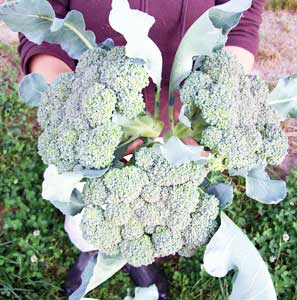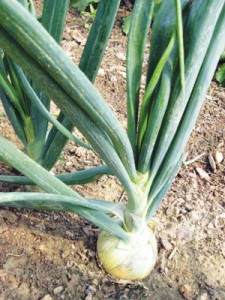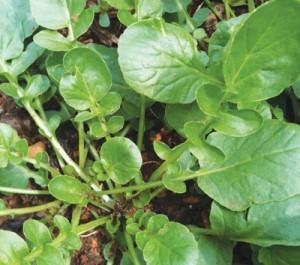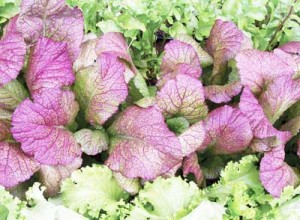Fall is one of the most magical times in the garden. The morning air is cool and crisp, the weeds and pests are beginning to dwindle, and we’re finally enjoying harvests from our long season crops. I love spending autumn days in the garden so much that I often plant almost as much in the fall as in the spring. Thankfully, there are some excellent fall crops I can sneak in this time of year that provide a spring abundance.
What Crops Can I Plant This Fall?
The fall planting list is surprisingly long! If you’re willing to put in the work, there are several flowers, herbs, and vegetables that can all be fall-planted for incredible spring flowers and harvests.
Fall-Planted Flowers
Fall planting brings spring blooms! If you want early flowers, fall planting is a must. There are many different types of fall-planted flowers, so I divided them into two categories: those you plant from bulbs, corms, tubers, or roots, and those you start from seed. Flowers you can start from seed are often those varieties with a tendency to self-seed that would naturally drop seed each fall and spread.
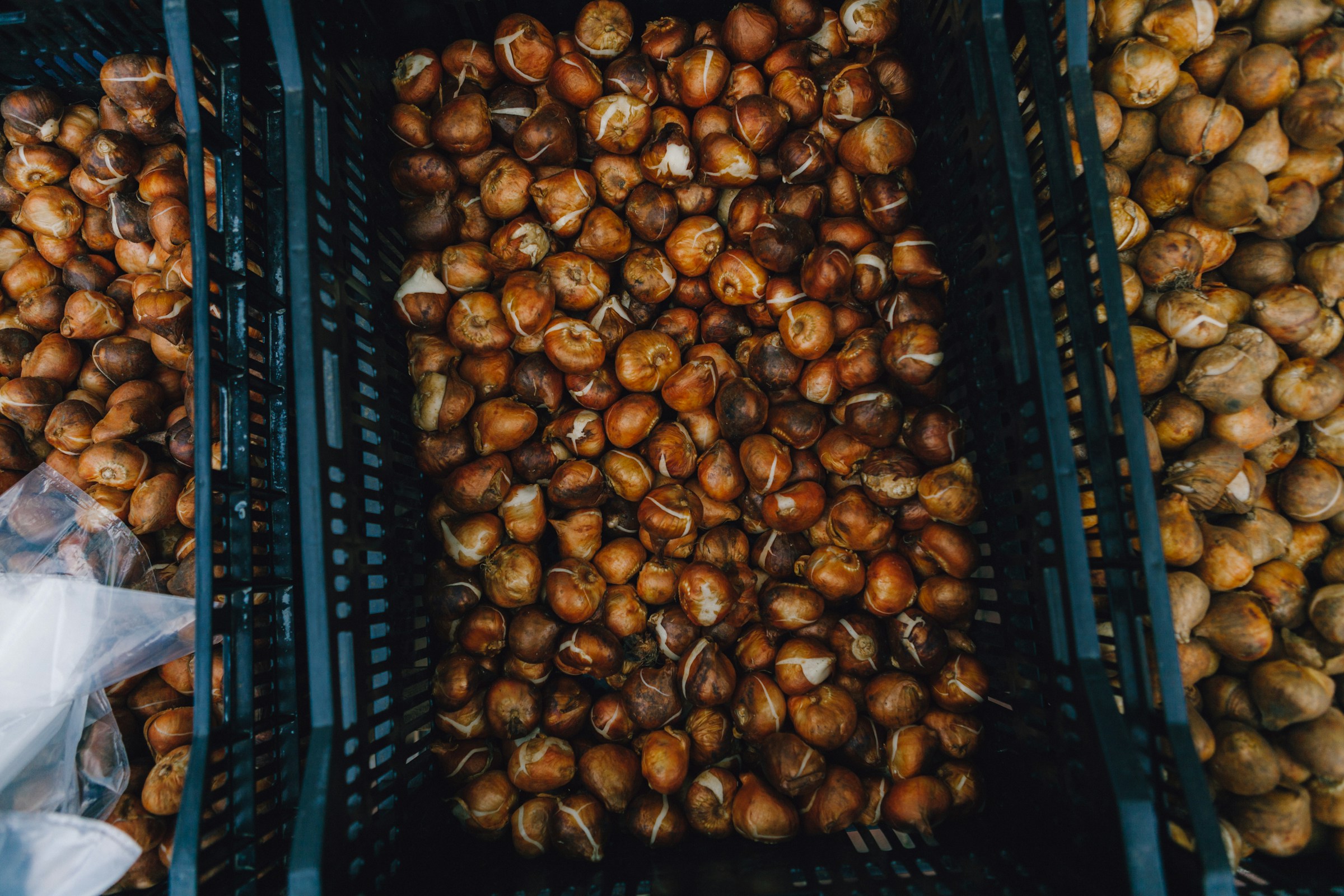 Bulbs, Corms, Tubers, & Roots
Bulbs, Corms, Tubers, & Roots
- Anemones (Anemone spp.)
- Checkered Lily (Fritillaria meleagris)
- Crocus (Iridaceae spp.)
- Daffodils (Narcissus spp.)
- Dutch Iris (Iris × hollandica)
- German Iris (Iris × germanica)
- Hyacinth (Hyacinthus spp.)
- Oriental Lilies (Lilium orientalis)
- Ornamental Alliums (Allium spp.)
- Peonies (Paeonia officinalis)
- Snowdrop (Galanthus spp.)
- Tulips (Tulipa spp.)
Seeds
- Bachelor’s Buttons (Centaurea cyanus)
- Butterflyweed (Asclepias tuberosa)
- Calendula (Calendula officinalis)
- Coreopsis (Coreopsis spp.)
- Dara (Daucus carota)
- Echinacea (Echinacea spp.)
- Hollyhocks (Alcea rosea)
- Johnny Jump-Ups (Viola spp.)
- Larkspur (Delphinium spp.)
- Rudbeckia (Rudbeckia spp.)
- Snapdragons (Antirrhinum spp.)
- Sweet Peas (Lathyrus odoratus)
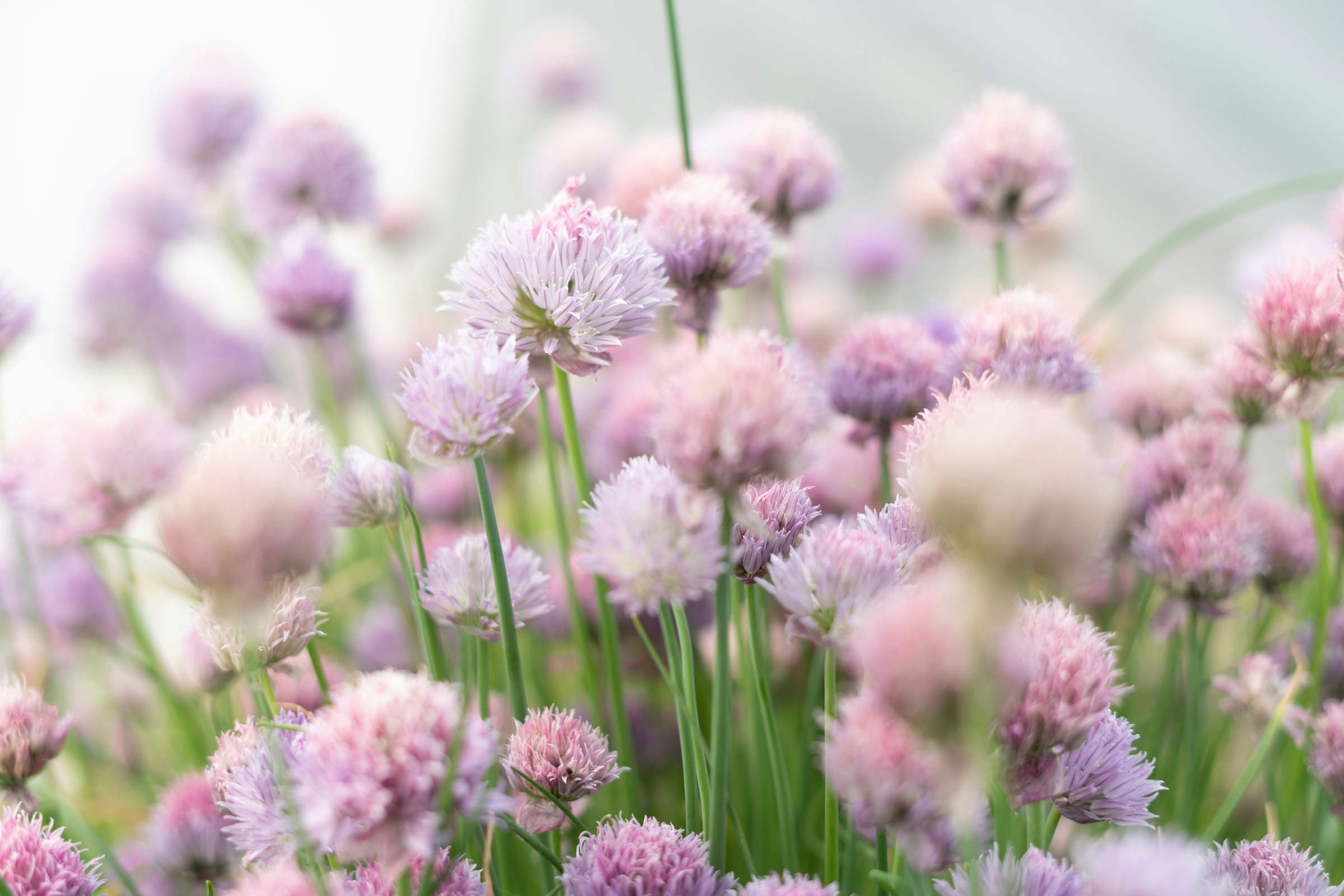 Fall-Planted Herbs
Fall-Planted Herbs
While flower bulbs often seem to be the focus for fall, there are a number of cold-tolerant or perennial herbs you can start this autumn.
- Chives
- Cilantro
- Feverfew
- Mint
- Parsley
- Thyme

Fall-Planted Vegetables
Hardy vegetables are one of my favorite fall crops. Overwintered vegetables will often start putting on good growth during occasional warm February and March days when we start getting more daylight. They’re ready to harvest long before any indoor seed or spring-started crop ever will be! I’ve divided the vegetables into groups so it’s easier to find the type of crops you’re interested in.
Alliums
- Bulb Onions
- Garlic
- Perennial Onions
- Shallots
Brassicas
- Broccoli
- Brussels Sprouts
- Cabbage
- Cauliflower
Beans
- Fava/Broad Beans
Greens
- Arugula
- Claytonia
- Collards
- Kale
- Lettuce
- Mustard Greens
- Spinach
- Swiss Chard
Roots
- Beets
- Carrots
- Daikon Radishes
- Rutabagas
- Potatoes
- Turnips
When Can I Plant These Fall Crops?
The answer to this question depends on both the crop and your location. Those in New England will need to plant much earlier than those in the Deep South, but it also depends on what you’re growing.
For example, you should only plant tulips when soil temperatures have cooled. For those in northern areas, you may be able to put them in as early as September, but waiting until as late as December may be preferable for those in the south.
Learning about your hardiness zone and using a garden planner app may help you make the best decisions for planting dates.
Do These Fall Crops Need Protection?
Again, this depends on the crop and location. In warm, southern climates, all of these crops will need less protection than they do in northern zones. In fact, those in the deep south may have to continue weeding and watering as usual into the fall months.
However, in many areas, these crops, particularly the fall vegetables, benefit from some sort of protection. For root crops and alliums, this may mean a thick layer of straw or hay mulch around the base of the plant to provide some insulation. For greens and herbs, planting them in a hoop house or cold frame or installing low tunnels with wires and clear plastic is ideal.
Most of the flower bulbs, corms, roots, and tubers do best when they receive a layer of mulch after planting, but they should come with instructions. On the other hand, the flower seeds are usually fine without protection. Some seeds, like echinacea, actually require a period of cold and moisture to germinate properly.
Getting good production during the winter months can be challenging, even in the south. Shorter days mean less plant growth, even when the weather is warm. That said, you may still want to consider some of these fall crops. When sown in fall, these flowers, herbs, and vegetables will provide extra-early spring production. Get a jump on 2025 with these fantastic fall-planted crops.

